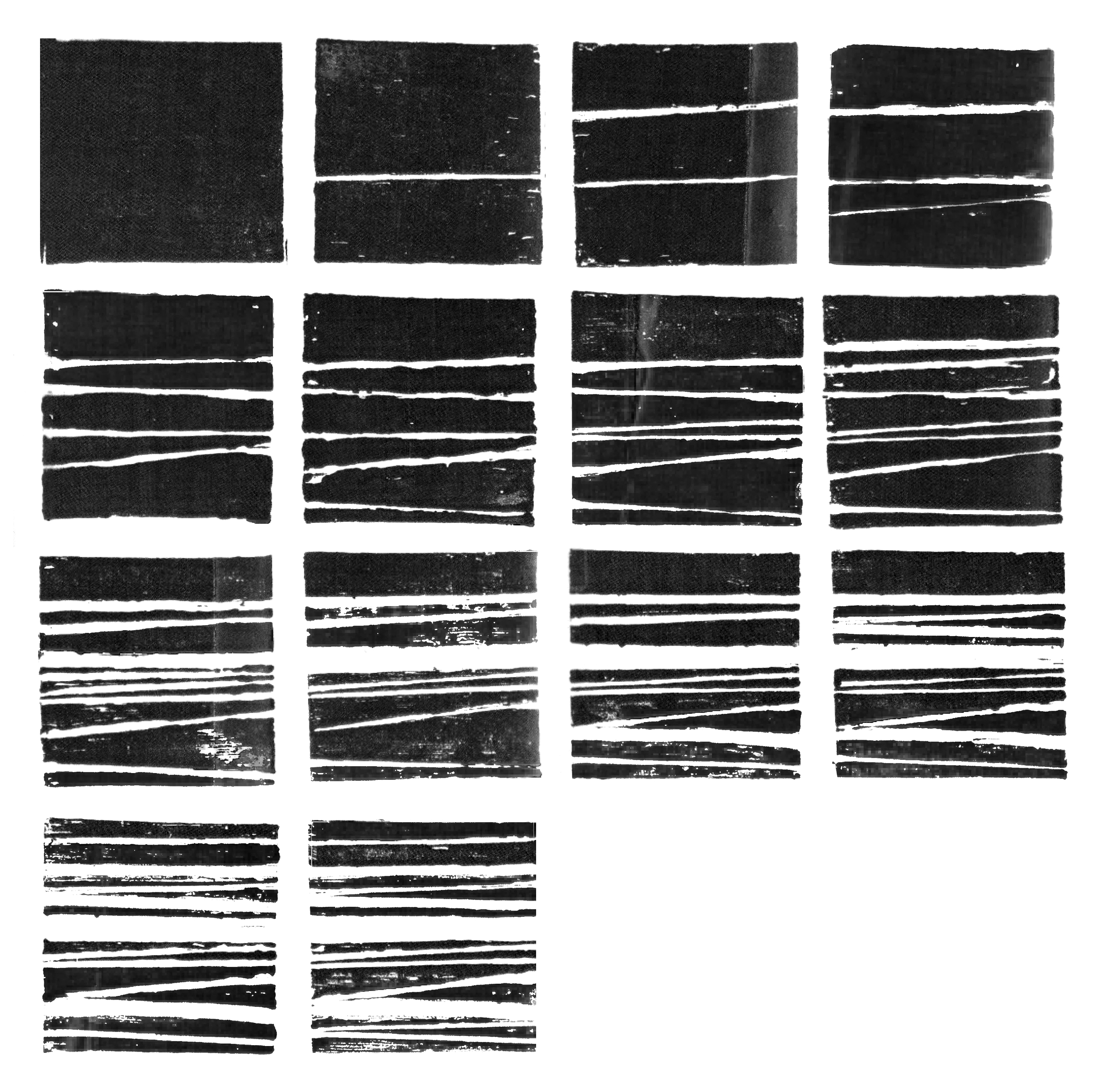Tutorial notes, with Dave Charlesworth, 19 December 2013
Jonathan arranged a guest tutorial with Dave Charlesworth who is also formerly a Goldsmiths student, and now has an interesting ‘portfolio career’ as an artist and curator - as well as teaching at Chelsea etc. Prior to our meeting I asked Dave to respond to the following points:
1. General feedback on work - what you think has potential and what might be more of a dead end?
2. Do you have any thoughts on these comments I received in my Unit 1 feedback:
"the working process… all feel quite controlled… rather than an messy exploration"
"We would pick out these key words, fragmented, rapid, overlap, dissolve – these all seem really helpful ideas to capture some of the essence of your ideas."
3. In my last tutorial with Jonathan, we discussed the relative merits of artworks which have a clear message, meaning or narrative - as opposed to those which may be more oblique or obscure. Jonathan seems to prefer the latter, arguing that it could actually lead to work with greater depth and longevity, which involves the viewer more. I agree, but argued that successful artworks can also be in the former category - and be more accessible to a greater number of viewers. What are your thoughts on this question?
4. How can I add greater emotional impact to my work - and how important do you feel this is?
Dave began the tutorial by asking, “What kind of artist do you want to be?” Although I didn’t say so out loud, my first reaction was to think, “What kinds are there?” I don’t mean this in a flippant way - just that I wished I asked Dave to ‘define his terms’ more? What I did say was that while I want to continue working as a designer etc, I also want to increasingly do my own work - and be the kind of artist that exhibits and sells work in galleries etc. I additionally stated that some form of social engagement is important to me. We discussed what we understood by this - in terms of participation, subject matter and public spaces.
He went on to highlight some the problems of creating ‘political’ artwork - such as that viewers don’t like being told what to think; that political artists might often be ‘preaching to the converted’; and that wealthy art collectors could be arms dealers etc! He added that art should primarily ask questions, instead of providing answers.
Dave said that, having seen some of my work online, he thought that in re-presenting the familiar there was “an attempt to be ‘generous’ with my work” - but that there seems to be “a lack of hope”. I find this comment a bit baffling and would like to follow-up exactly what he meant? Another friend of mine once commented that he thought some of my photography was ‘grim’ (I don’t object to this - part of the point of my project is discover the visually interesting in what others might consider ‘ugly’) - is the sort of the thing Dave meant??
We moved on to look at some work, and discussed the possibilities of producing variations on them by altering scale and repetition etc. He liked the ‘Global City’ piece and suggested that I could make some interesting versions of it. He also liked my more recent experiments with photographic ‘bokeh’ effects and we talked about the boundary between abstract and figurative work and my question about meaning (see point ‘3’ above). Dave suggested making work which only gives clues to the audience as to its meaning, likening it to an archeological dig!
I said how I aimed to make work that had an immediate emotional impact and Dave especially took issue with the word ‘immediate’ - I think echoing Jonathan’s sentiment about creating work with greater depth and longevity.
He said that while it was good to explore a diverse range of subjects, materials etc that it was still important to demonstrate coherence in your work - and that this is especially of concern to collectors, galleries etc. Otherwise Dave liked my ideas for creating lightboxes with multilayered images etc and agreed that it probably would be best to focus on one thing for the final show.






![Black Market [open], 1961](https://images.squarespace-cdn.com/content/v1/52ca1781e4b06ad2e571b745/1389617767312-G0804Q3AZLMYIEOXYA6Q/black-market-open-1961.jpg)








